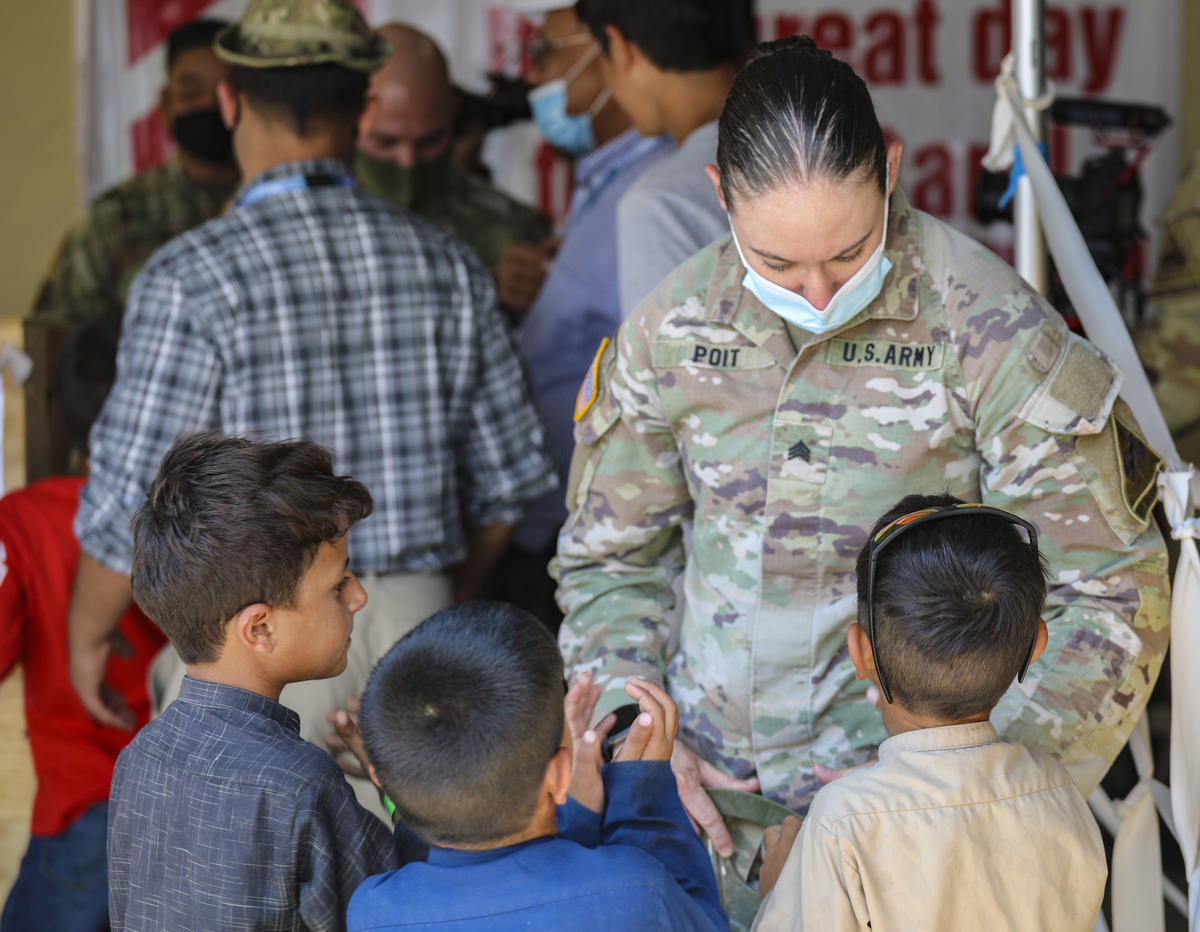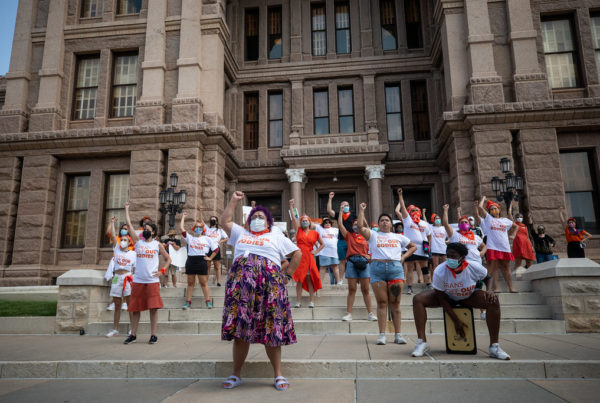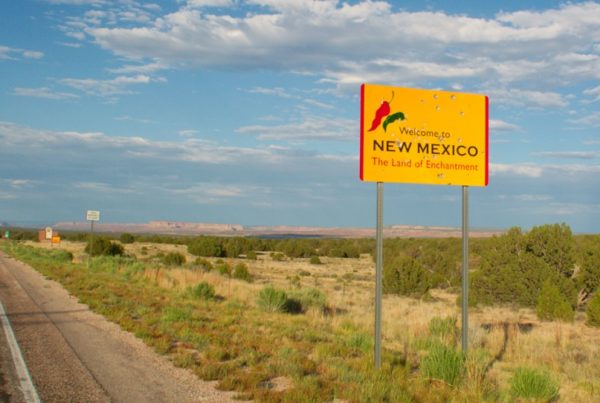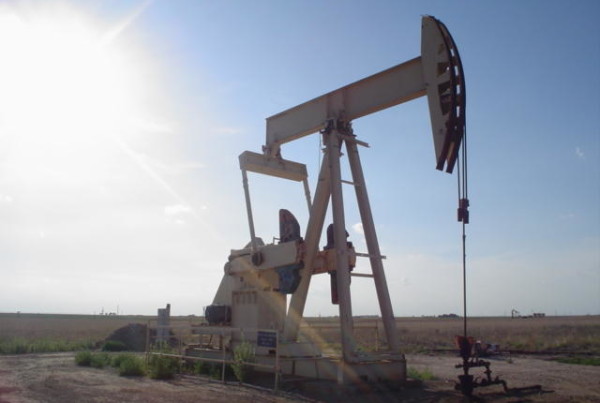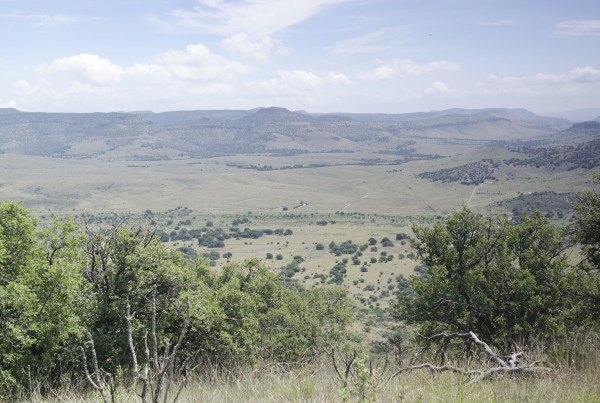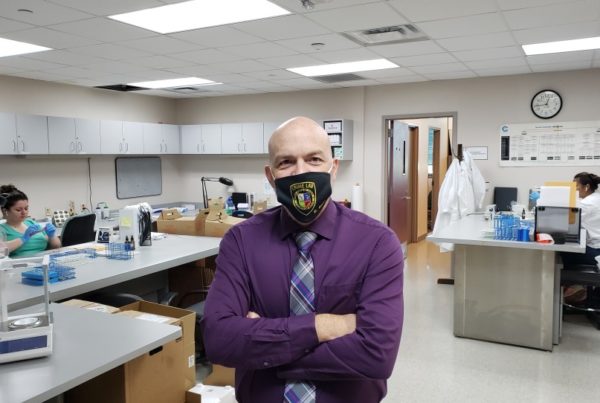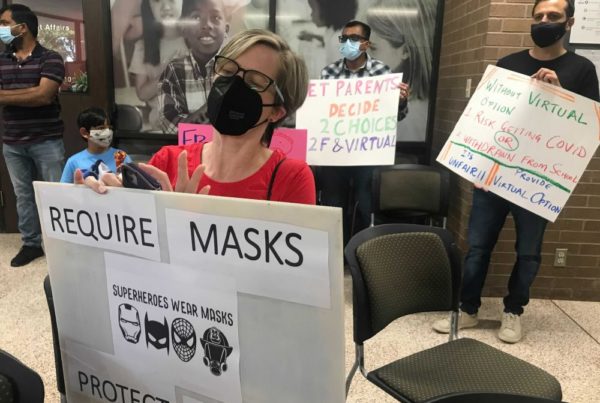From KTEP:
From a helicopter high above the desert landscape dotted with scrub brush, row after row of large white tents stand out against the golden brown terrain.
Each tent can house up to 100 “guests” as the Army refers to the Afghan evacuees. About 10,000 people from Afghanistan are living at Fort Bliss, one of eight Army installations temporarily housing the evacuees.
In a matter of a three weeks, Fort Bliss transformed a 1960s-era training camp with sleeping quarters for 1,800 soldiers into a massive operation
The Army calls it “Doña Ana Village,” named for the Texas county where it’s located. The village concept also reflects a shift from caring for immediate needs of the evacuees.
“Operation Allies Welcome has evolved very quickly,” said Fort Bliss Commanding General Sean Bernabe. “As soon as we hit the ability to house ten thousand our priority shifted then to improving quality of life in every way possible for our guests.”
He spoke during a press conference before the tour of the facility September 10, arranged for a small group of journalists. There is religious support, a community center and soccer field.
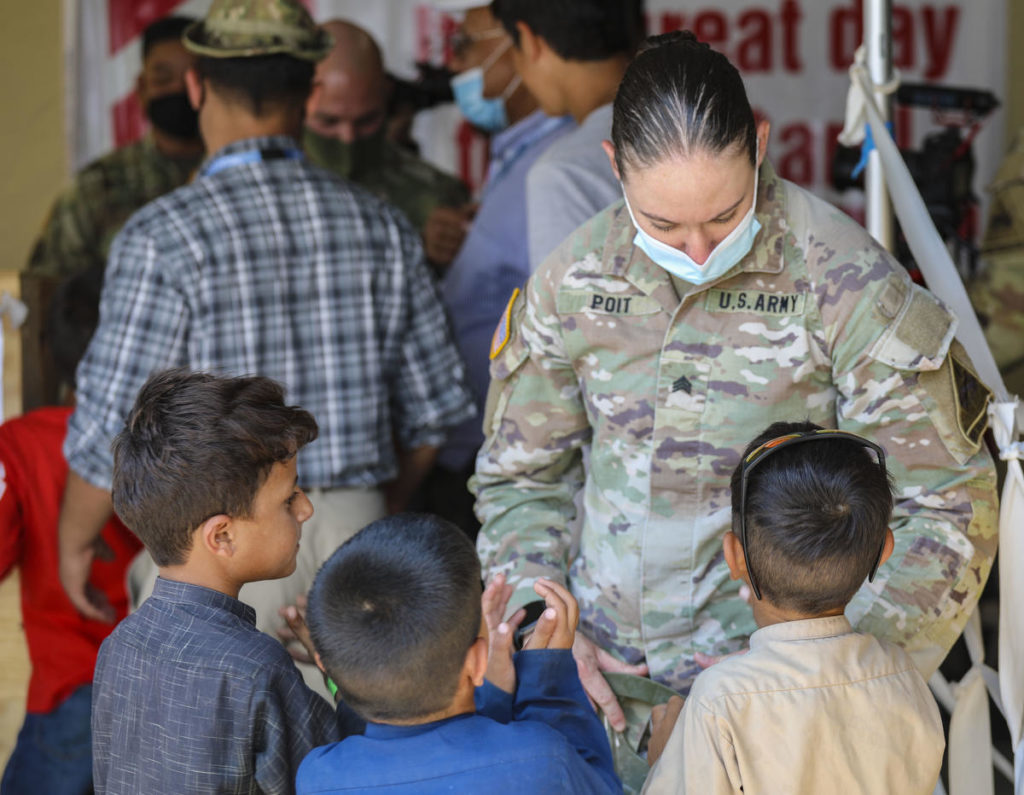
Sgt. Margret Poit with 40th Brigade Engineer Battalion, 2nd Armored Brigade Combat Team, 1st Armored Division, interacts with Afghan children at Fort Bliss’ Doña Ana Complex on September 11,2021 U.S. Army photo by: Staff Sgt. Michael West, 1st Armored Division, 2nd Armored Brigade Combat Team
About 80 flights have arrived at Fort Bliss filled with evacuees. Each arrival goes through security vetting before stepping foot on U.S. soil according to the Department of Homeland Security.
The new arrivals got a warm welcome as they deplaned. The first flight arrived August 21.
“I was there. I can confirm there was not a dry eye in the room,” Bernabe said.
At the massive camp, Col. Mike Wagner, 1st Armored Division, 2nd Armored Brigade Combat Team, explained the process for new arrivals following the welcome there’s a briefing in Dari or Pashto.
“We’ll give them a series of instructions. We’ll start out with a map that shows them where they are in the United States so they’ll know where they just landed,” Wagner said.
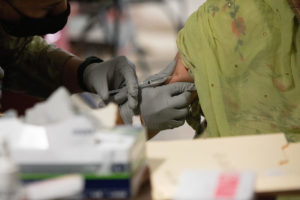
Spc. Daniel Blum-Ramos, assigned to the 214th Surgical Augmentation Detachment, 528th Hospital Center, vaccinates an Afghan evacuee at Fort Bliss’ Doña Ana Complex.
U.S. Army photo by Sgt. Quintin Gee, 24th Theater Public Affairs Support Element
While at Fort Bliss, the refugees get help with the complicated immigration process, applying for a work permit and medical screening that includes a COVID-19 test and vaccinations.
“That’s one of the mandatory vaccines that’s part of the immigration processing for them,” Wagner said.
All go through security vetting before stepping foot on U.S. soil, according to the Department of Homeland Security. Most people housed at Fort Bliss are families. Nearly 40% are children. Four women have delivered babies since arriving. The Red Cross, Save the Children and International Rescue Committee are present at the village and provide additional support for the families including play areas for children.
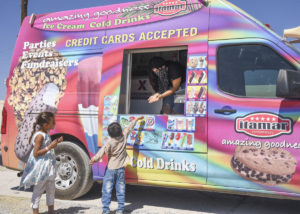
Afghan children buy ice cream from a truck at Fort Bliss’ Doña Ana village housing evacuees from Afghanistan.
Sgt. Briaira Tolbert / U.S. Army – Fort Bliss
A tent that serves as a donation warehouse was filled with supplies for the evacuees.
During the tour, between the tent filled with donated items and a dining hall, playful little boys ran outside. At a dining tent, Col. James Brady, Garrison commander, explained the operation.
“In total we’ll have four dining facilities and each dining facility has the capacity to feed 2,500 people every day,” said Brady. Halal meals are among the offerings.
“Halal meals are culturally appropriate, don’t have pork, heavy with rice, vegetables and fruit,” Brady explained.
Inside one of the dining tents, serious women in head scarves balanced stacks of to-go containers of food. Their children carried multiple cans of Coca-Cola. A tall, middle-aged man wearing a traditional tunic over loose pants, took in the crowd, deep in thought, far from home.
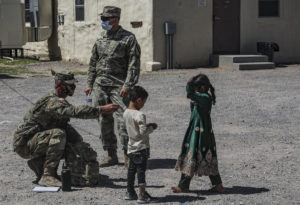
Soldiers supporting Operation Allies Welcome pass out candy to Afghan children at Fort Bliss’ Doña Ana village Aug. 31, 2021.
Staff Sgt. Michael West / U.S. Army – Fort Bliss
General Bernabe recalled meeting one of the newly-arrived men from Afghanistan who asked where he was in English, as he deplaned. Bernabe said he told him he had arrived in Texas and the man responded “It looks like Afghanistan.”
The desert terrain and mountains of El Paso may seem familiar to some but everything else is new. Resettlement agencies are helping Afghans prepare to leave the army base to await the next steps in their immigration process.
A Department of Homeland Security representative said the goal is to move people out as quickly as possible but acknowledged resettlement agencies usually don’t see such a large number of refugees arrive at one time.
About 130 individuals have completed the initial process at Fort Bliss and are now waiting to find out in which city they will begin their new lives.
Those with family can choose where they want to go. Some have other close connections, including friendships they formed with members of the U.S. military while working as translators or doing other jobs during the war in Afghanistan.
Other refugees will be assigned places based on their needs.
“A lot of people had an undignified exit in the chaos of the evacuation. We’re hoping to give them a very dignified entry into their new lives in the United States,” explained a state department representative during the tour.


